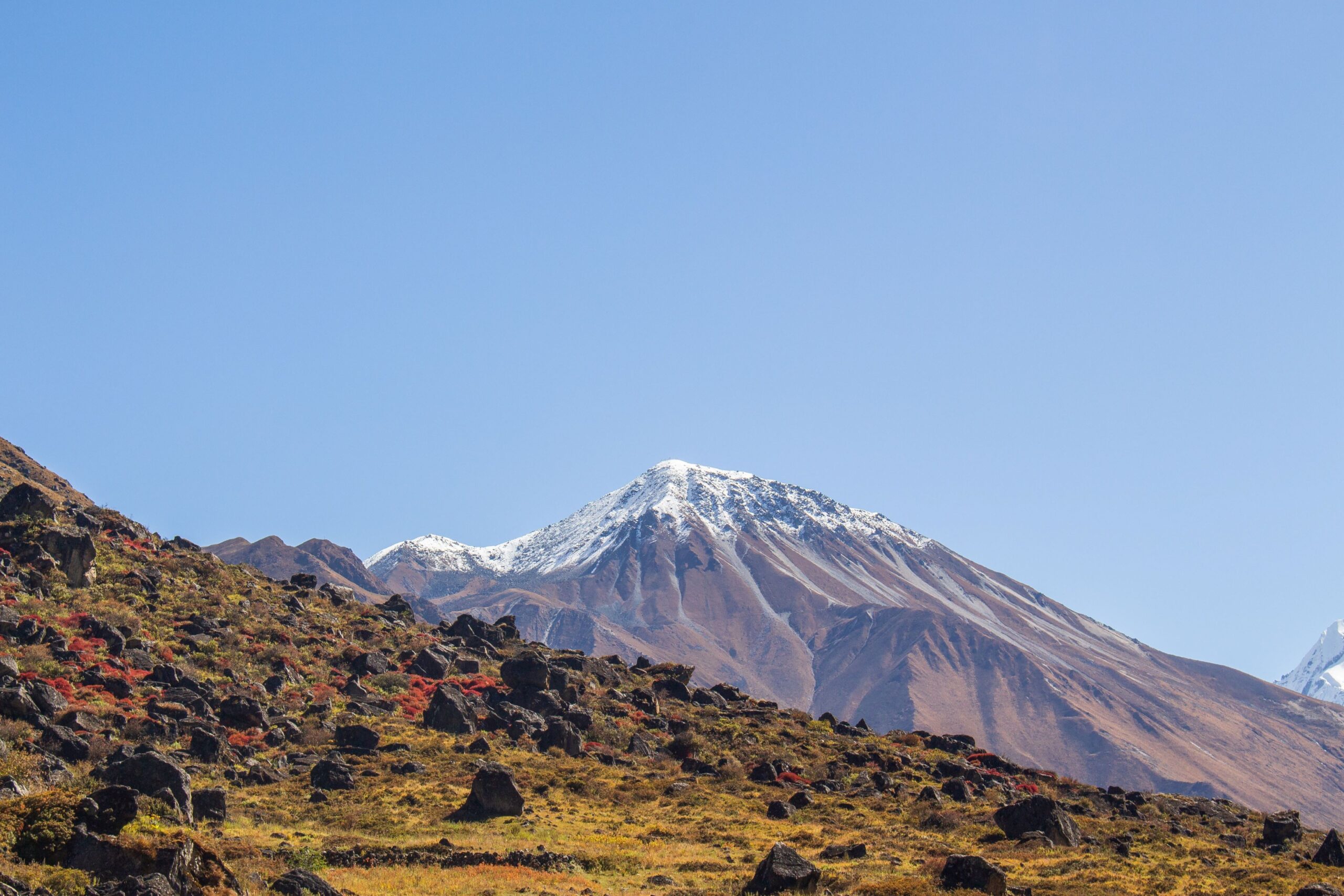Langtang Valley is one of Nepal’s most stunning trekking destinations, offering incredible natural beauty, cultural richness, and easy accessibility from Kathmandu. Despite its proximity to the capital, this breathtaking valley remains lesser-known among trekkers compared to popular trails like Everest, Annapurna, and Manaslu. For those seeking an off-the-beaten-path adventure that combines scenic landscapes, authentic culture, and warm hospitality, Langtang Valley Trek is the perfect choice.
The trail is renowned for its diverse terrain, taking trekkers through lush rhododendron and bamboo forests, alongside mesmerizing waterfalls, and past snow-capped peaks. The journey offers a close connection to nature while introducing trekkers to the Tamang and Sherpa communities, who welcome visitors with heartwarming hospitality in charming homestay guesthouses. You’ll also experience the rich Buddhist culture of the region, highlighted by visits to ancient monasteries such as Kyanjin Gompa, located near the iconic Tsirko.
Dominated by the Langtang Himalayas, the trek offers awe-inspiring views of towering peaks like Langtang Lirung (7,245m), Dorje Lhakpa (6,990m), and Langtang Ri (6,370m), which will leave you completely spellbound. While the trek typically ascends to an altitude of 4,000 meters, adventurers shouldn’t miss the chance to hike up to Tsirko Ri (5,000m), where spectacular 360-degree panoramic views of the Himalayan mountains await.
The journey begins in Syabrubesi, a quaint town that serves as the starting point for the trek. The trail winds through Langtang National Park, a pristine conservation area home to diverse flora and fauna such as Himalayan deer, red pandas, monkeys, and the vibrant Himalayan pheasant. From dense forests to high alpine meadows and yak pastures, the ever-changing landscapes of this trek make it a visual delight.
The highlight of the trek is reaching Kyanjin Gompa, a serene village surrounded by majestic peaks. From here, trekkers can undertake a rewarding day hike to Tsirko Ri for unparalleled mountain views. After enjoying the spectacular sights and soaking in the tranquility, the journey retraces its path back to Syabrubesi before heading to Kathmandu, leaving trekkers with unforgettable memories of the Langtang Valley’s beauty and charm.
Trip Highlights
-
Incredible Mountain views of Langtang Himalayas, Langtang Valley and a view of Tibetan plateu from Tsirko Ri.
-
Pass through beautiful rhododendron forest, high alpine meadows and yak pastures.
-
Unspoiled Langtang National Park with diverse Himalayan Flora and Fauna.
-
Enjoy ethnic Tamang culture, their lifestyles, village and community.
-
Learn about Himalayan Buddhism.




